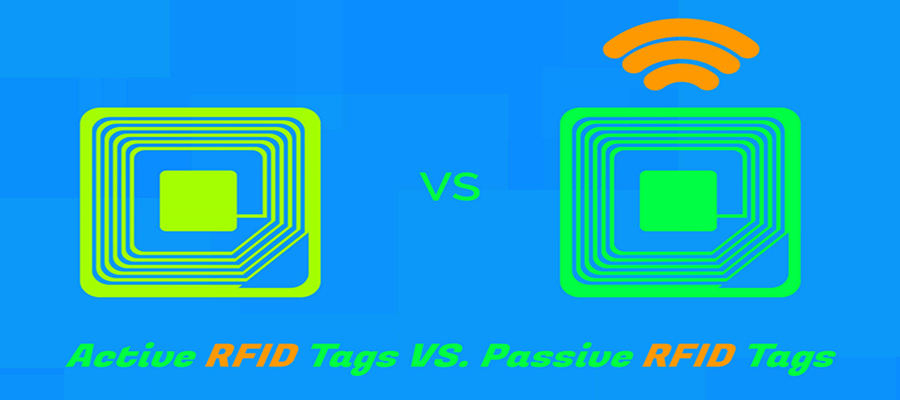RFID is a wireless system that can be mounted or attached to a product, animal or a human being using a tiny microchip that transfers data using radio waves. The data is sent through the device known as an RFID tag to a disk that can be in line of sight or of several meters. RFID tags are essentially an electronic circuit for storage and processing of data and signal transmission antenna. Tag antennas receive signals from RFID reader and returns the signal with additional information, such as a unique serial number or custom information. There are two varieties of RFID tag available, known as passive and active tags.
With a continuous availability of the power of the tag, the signal strength is required for the player to tag is less than what is necessary for a passive RFID tag. Since passive RFID tags are limited by the need for strong signals the tag and the few able to respond to the power supply unit, the range of communication of a passive tag is limited to 3 meters or less. Although these two varieties of RFID tags dynamically can store data, active RFID tags have great read and write data storage nearly 128 kilobytes, research and the functionality of complex data access.
Passive RFID technology, data storage has less 128 bytes without search functionality or data manipulation functions. Whereas active RFID tags are able to continually monitor sensor entry and records, passive labels are able to monitor and record only when the sensor is powered by the reader. Since the communication of a passive RFID label range is limited to 3 meters or less, he may recover 100 tags or if, in the range of only a single unit. An active RFID tags has significantly more advantages over passive RFID technology, but is more expensive and larger. The Organization’s choice of a particular RFID tag would depend on the application of RFID technology in the Organization and their budget.







